Travel to Georgia with Colour Tour Georgia
Travel Detsinations in Georgia
Georgia country in the Caucasus region on the eastern edge of Europe. With a total of 69.700 sq.km area is one of the most interesting new destinations for tourists. This small country offers a special experience for all four seasons for travelers with different interests. Your holidays in Georgia gives you the opportunity to explore the history and culture of Georgia by visiting destinations like Svaneti, Mount Kazbegi and Gergeti Trinity Church, David Gareja monastery or other beauties of nature and ancient history of Georgia. One can explore ancient cave cities or modern ones including the capital Tbilisi. Travel to mountain regions such as Kazbegi and Svaneti, or go to Black Sea cities like Batumi. Enjoy winter sports in Gudauri. Visit natural monuments such as Martvili Canyon and Prometheus caves.
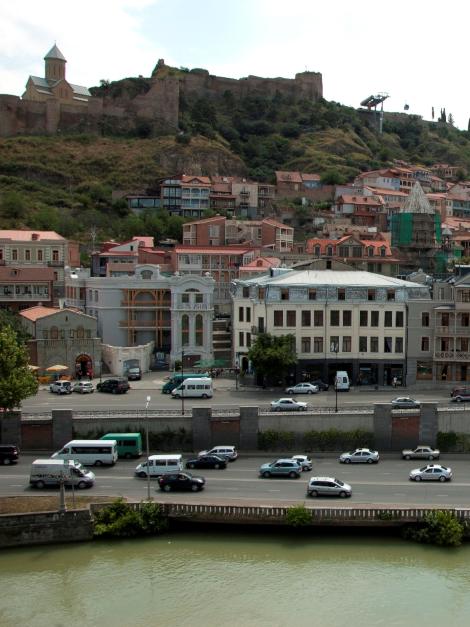
Tbilisi
Tbilisi is the capital and the largest city of Georgia, lying on the banks of the Mt'k'vari River. The name is derived from an early Georgian form T'pilisi. Founded in the 5th century by Vakhtang Gorgasali, the Georgian King of Iberia, and made into a capital in the 6th century. Notable tourist destinations include the Holy Trinity Cathedral of Tbilisi, Freedom Square, Sioni Cathedral, Metekhi, Narikala, Rustaveli Avenue, Tbilisi Opera and Ballet Theatre, Anchiskhati Basilica, Mtatsminda Pantheon (Holy Mountain), Kashveti Church along with the National and Historic Museums of Georgia and a number of art galleries. Tbilisi is the home of famous artists. The city life was immortalized in their art by Niko Pirosmani and Lado Gudiashvili.

Mtskheta
Mtskheta, one of the oldest cities of the country of Georgia is located approximately 20 kilometers north of Tbilisi at the confluence of the Aragvi and Mtkvari rivers. Due to its historical significance and numerous ancient monuments, Mtskheta became a UNESCO World Heritage Site in 1994. Remains of towns at this location have been dated to earlier than the year 1000 BC, and Mtskheta was capital of the early Georgian Kingdom of Iberia during the 3rd century BC – 5th century AD. It was the site of early Christian activity and the location where Christianity was proclaimed the state religion of Georgia in 337. Svetitskhoveli Cathedral (11th century) and Jvari Monastery (6th century) in Mtskheta are amongst the most significant monuments of Georgian Christian architecture.
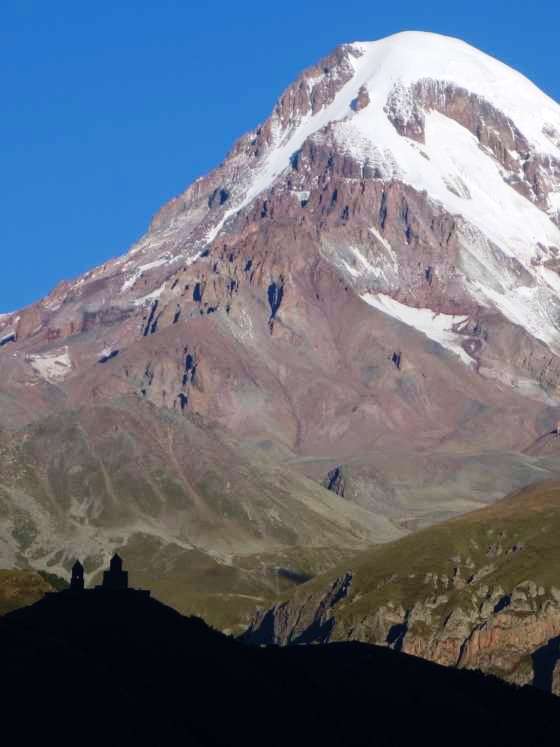
Mount Kazbegi
Mount Kazbek is one of the major mountains of the Caucasus located on the border of Kazbegi District of Georgia and North Ossetia. It is the third highest mountain in Georgia (after Mount Shkhara and Janga) and the seventh highest peak in the Caucasus Mountains. The summit lies directly to the west of the town of Stepantsminda and is the most prominent geographic feature of the area. The name in Georgian, Mkinvartsveri, translates to "glacier" or "Ice Mountain". Mount Kazbek is associated in Georgian folklore with Amirani, the Georgian version of Prometheus, who was chained on the mountain in punishment for having stolen fire from the gods and having given it to mortals.
Georgia is a country with great history, hospitality, wine and tourism, a land of medieval fortresses and monasteries, green hills, majestic Caucasus mountains, vineyards of Kakheti, the wonderful Black Sea with its beautiful beaches, ancient stone towers of Svaneti and, of course, the architecture of Tbilisi’s Old Town. There is something inspiring for every visitor. Georgia has a unique, welcoming culture, which explains its world-famous hospitality. With its own alphabet and language, and many world-famous artists, Georgia will surprise and delight the guests. Georgia is a land of contrasts at the crossroads of Europe and Asia. For thousands of years traders and adventurers have visited via the historic Silk Road, their legacy remains today in the culture, sounds, and monuments, including many UNESCO heritage sites.

Svaneti
Surrounded by 3,000-5,000 meter peaks, Svaneti is the highest inhabited area in the Caucasus. Four of the 10 highest peaks of the Caucasus are located in the region. The highest mountain in Georgia, Mount Shkhara at 5,201 meters (17,059 feet). Svanetia is known for their architectural treasures and picturesque landscapes. The Botany of Svanetia is legendary among travelers. The famous Svanetian towers erected mainly in the 9th-12th centuries, make the region’s villages more attractive. In the province are dozens of Georgian Orthodox churches and various fortified buildings. Architectural monuments of Upper Svanetia and village Ushguli are included in a list of UNESCO World Heritage Sites.

Sighnaghi - City of Love
Sighnaghi is a town in Georgia's easternmost region of Kakheti located about 100 km eastern from Tbilisi. The territory of the modern-day town was known as Hereti in the Middle Ages, and as Kiziqi after the 15th century. In 1762, King Heraclius II of Georgia sponsored the construction of the town and erected a fortress to defend the area from marauding attacks by Dagestan tribesmen - Sighnaghi (literally, "harbor" in Turkish). Sighnaghi and its environs are home to several historical and cultural monuments. The town is walled with the remnants of 18th-century fortifications. The venerated Bodbe Monastery is located 2 kilometers from Sighnaghi and is a place of pilgrimage due to its association with St. Nino, the 4th-century apostle of Georgia.

Gergeti Trinity Church
Gergeti Trinity Church is a popular name for Holy Trinity Church near the village of Gergeti. The church is situated on the right bank of the river Chkheri at an elevation of 2170 meters, under Mount Kazbegi. The Gergeti Trinity Church was built in the 14th century. In times of danger, precious relics from Mtskheta, including Saint Nino's Cross were brought here for safekeeping. During the Soviet era, all religious services were prohibited, but the church remained a popular tourist destination. The church is now an active establishment of the Georgian Orthodox and Apostolic Church. The church is a popular waypoint for trekkers in the area, and can be reached by a steep 3 hour climb up the mountain, or around 30 minutes by jeep up a rough mountain trail.
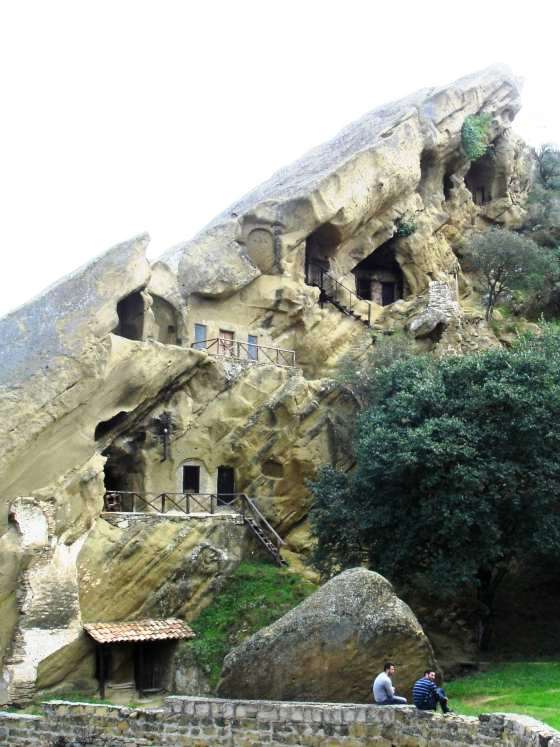
David Gareja Monastery, VI c AD
David Gareja is a rock-hewn Georgian Orthodox monastery complex located in the Kakheti region of Eastern Georgia, on the half-desert slopes of Mount Gareja, some 60-70 km southeast of Georgia's capital Tbilisi. The complex includes hundreds of cells, churches, chapels, refectories and living quarters hollowed out of the rock face. The complex was founded in the 6th century by David (St. David Garejeli), one of the thirteen Assyrian monks who arrived in the country at the same time. The complex now day is one of the most popular attractions for tourists coming to Georgia.
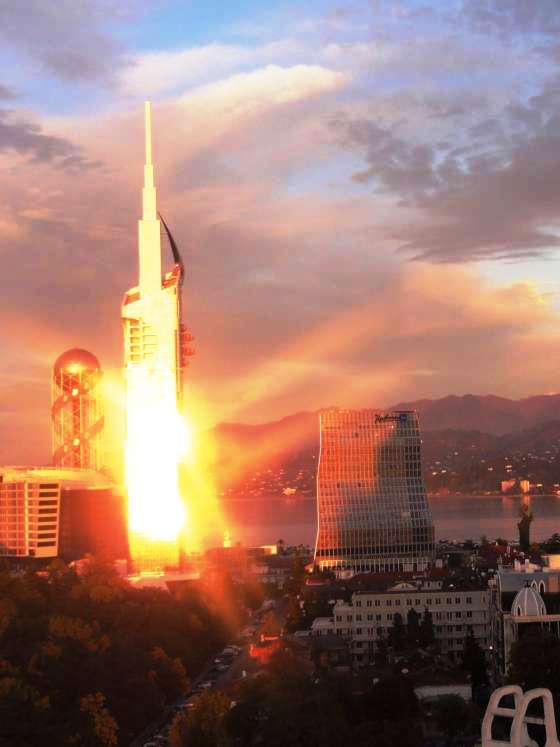
Batumi City at the Black Sea Coast
Batumi is the second-largest city of Georgia, located on the coast of the Black Sea in the country's southwest. Batumi is located on the site of the ancient Greek colony in Colchis called Bathus or Bathys – the Greek name meaning "deep harbor". Under Hadrian (r. 117–138 AD), it was converted into a fortified Roman port and later deserted for the fortress of Petra founded in the time of Justinian I (r. 527–565). At the end of XIX c when Britains discovered oil shelves in Azerbaijan. They started development of the port facilities in Batumi to use it as a transit port for delivering oil from Baku to Great Britain. The main touristic attractions in and around Batumi are Old City built in XIX-XX cc, Roman Fortress in village Gonio and 100 years old Botanical Garden. Makhuntseta waterfall 40 km southeast from Batumi is another touristic destination in this area.

Vardzia Cave City
The cave city of Vardzia is a cave monastery dug into the side of the Erusheli mountain in southern Georgia near Aspindza on the left bank of the Mtkvari River. It was founded by Queen Tamar in 1185. The monastery was constructed as protection from the Mongols. and consisted of over six thousand apartments in a thirteen story complex. The city included a church, a throne room, and a complex irrigation system watering terraced farmlands. The only access to the complex was through some well-hidden tunnels near the Mtkvari river. An earthquake in Samtskhe destroyed approximately two-thirds of the city in 1283, exposing the caves to outside view and collapsing the irrigation system.
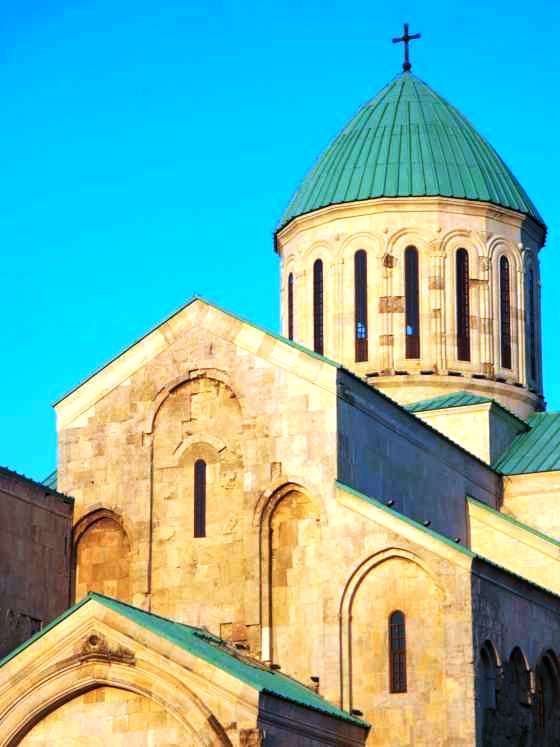
Kutaisi and Bagrati Cathedral
Kutaisi is Georgia's second largest city located 220 km to the west of Tbilisi. Kutaisi was the capital of the ancient Kingdom of Colchis. Archaeological evidence indicates that the city functioned as the capital of the kingdom of Colchis as early as the second millennium BC. It is widely believed by historians that when Apollonius Rhodius was writing about Jason and the Argonauts and their legendary journey to Colchis, Kutaisi/Aia was the final destination of the Argonauts and the residence of King Aeëtes. The Kutaisi Cathedral, more commonly known as Bagrati Cathedral is the 11th-century cathedral church in the city of Kutaisi. The cathedral, now in ruins, is regarded as a masterpiece in the history of medieval Georgian architecture. In 1994, the Bagrati Cathedral, together with the Gelati Monastery, was included in the UNESCO World Heritage Site list as a single entity.

Uplistsikhe Cave City, II Mill. BC
Uplistsikhe is an ancient rock-hewn town in eastern Georgia, some 60 kilometers from Tbilisi. Uplistsikhe is identified by archaeologists as one of the oldest urban settlements in Georgia. The town's age and importance led medieval Georgian written tradition to ascribe its foundation to the mythical Uplos, son of Mtskhetos, and grandson of Kartlos. The central part of Upliscikhe is the largest, contains a bulk of the Uplistsikhe rock-cut structures, and is connected to the southern part via a narrow rock-cut pass and a tunnel. Narrow alleys and sometimes staircases radiate from the central "street" to the different structures. The Uplistsikhe cave complex has been on the tentative list for inclusion into the UNESCO World Heritage program since 2007.
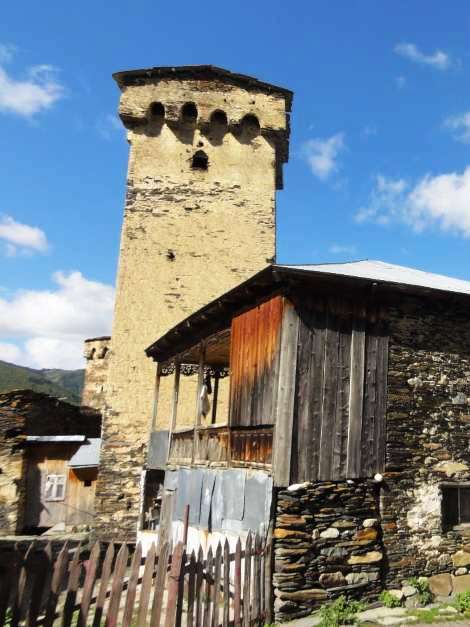
Ushguli village, 2.100 m
Village Ushguli is a community of four villages located northeast 45 km away from Mestia. Layed at the slope of the second highest pick of Great Caucasus mount range - Shkhara (5.201 m), village Ushguli attracts travellers with amazing landscape of Caucasus mountains and towers of XIV-XVI cc. Village Ushguli is located at the altitude of 2100 m above sea level and considered as one of the highest continuously inhabited settlements in Europe. Architectural treasury of Ushguli is included into the list of UNESCO World Heritage Site. The Road from Mestia to Ushguli is considered as a difficult mountainous road and it takes up to two hours to reach village Ushguli from Mestia.
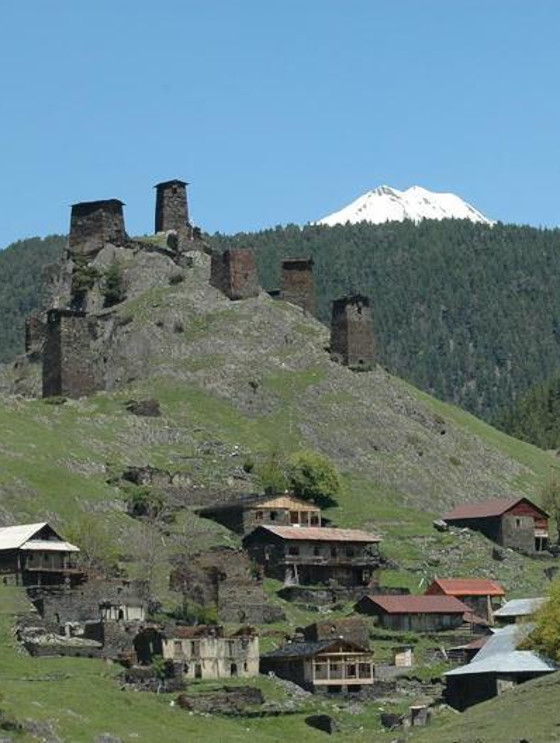
Tusheti
Tusheti (UNESCO) is north-eastern mountainous part of Georgia characterized with untouchable, mystical nature. The dirt tracks up and over The Great Caucasus via 2826 m Abano Pass is an exciting challenge for adventure seekers. This road (total length from Telavi to Omalo is 100 km) exists as one of the most challenging mountainous roads in the world. Alpine wildlife and little lovely villages with typical Georgian towers of XV-XVI cc make travelers passionate. Moreover, when they meet the flock of sheep on their way or notice the mountain slopes covered with white colored animals, they have time travel, because scenes like these have defined Tusheti for millennia. Tusheti wildlife combined with pre-Christian culture and hospitable people makes travel in Georgia even more unforgettable.
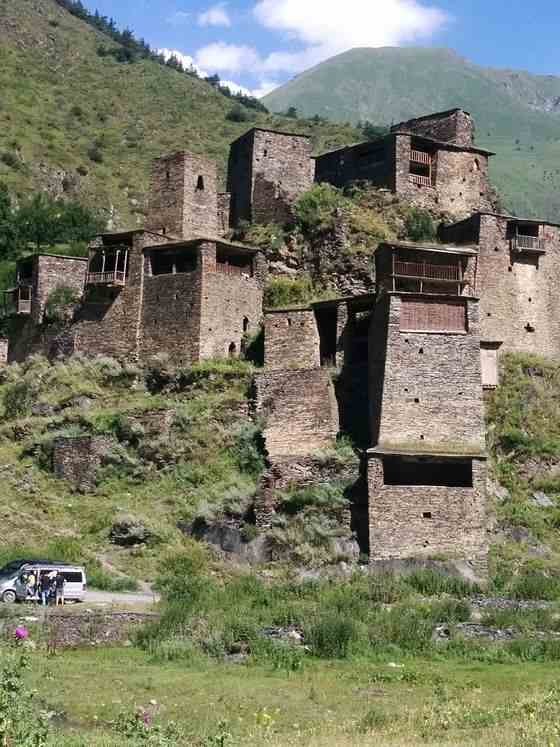
Khevsureti
Khevsureti is located on the southern slopes of the Caucasus in Georgia. It is a remote mountain region between Kazbegi and Tusheti. This historic area is famous for its unique abandoned settlements, fortified villages, and rivers. The road to Chevsuretia leads through alpine landscapes and is itself an adventure. The main road runs north from the Georgian military road by the Zchinwali water reservoir and follows the Pschav Aragvi river. Distance from the Georgian capital about 150 km. The main tourist destinations in the region are the ancient villages of Schatili (1,400m), Mutso (1880m), and Ardoti (1820m). They admire every visitor with the untouchable nature and the mysterious species. The snow-capped mountains, the deep gorges, in which cold water flows like ice, the mountain slopes covered by a forest, the alpine and sub-alpine meadows on which beautiful flowers grow, all of this beauty must be seen with your own eyes.

Atsunta Pass (3. 430 m)
Atsunta pass is one of the famous destinations during the hiking in Georgia on grate Caucasus Mountains. The pass Is located on Atsunta ridge, which is a natural border between two popular hiking destinations of Georgia, Tusheti, and Khevsureti. These two mountain regions attract visitors with untouchable nature, magnificent landscapes, and medieval period fortified villages built on the slopes of the Caucasus mountains. Atsunta pass elevation is 3431m above sea level, covered with alpine meadows. Due to the continental climate during the summer temperature on Atsunta pass goes up to the +20 degrees and at night it might be lower than +5 C. From the top of this pass is opening amazing views of alpine valleys and rocky peaks of Caucasus mountains. Also from Atsunta pass in clear weather is visible the mount Kazbegi, 3rd highest mountain (5.047 m) in Georgia.
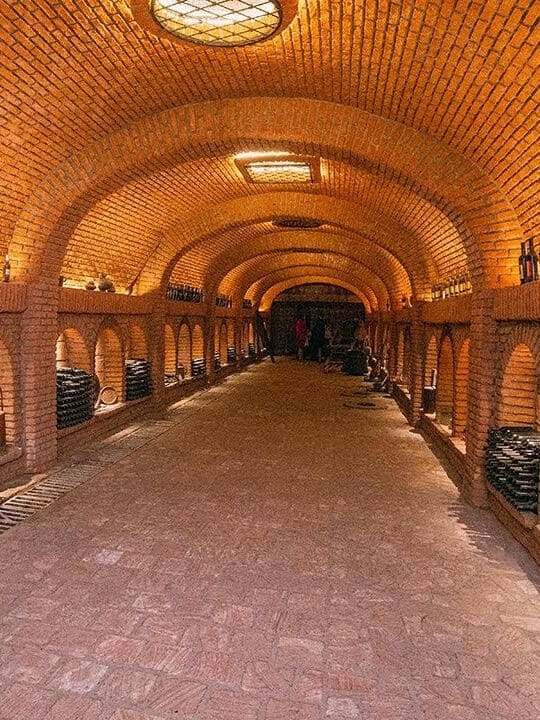
Wineries in Kakheti
Wine Tunnels in Kvareli
Established in 2004 and Located in Kvareli, The company works over maintenance of the unique vine culture and wine making both using ancient methods and modern technologies famous for being carved inside the Caucasus mountains and opened in 1962 for the OIV World Congress, the tunnel is 7,7 kilometers long. The tunnel preserves a natural temperature of 12-14° Celcius with a humidity rate of 70%; the ideal conditions for wine preservation. Across 1500 hectares of territory. They cultivate 25 grape varieties with organic processes During the tour you can see 25 000 bottles of Winery Khareba’s premium wines aging there, as well as ethnography corner with old equipment for wine making and of course have a wine tasting with their own grape seed oil.
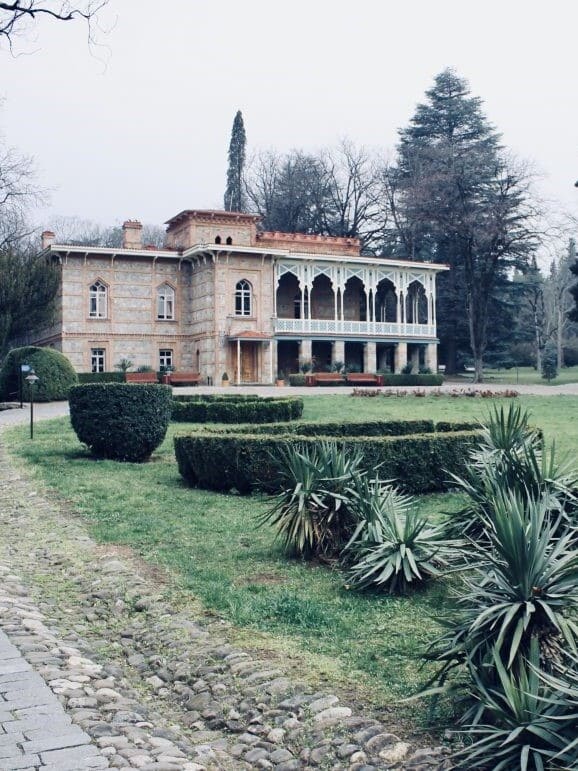
Wineries in Kakheti
Tsinandali Wine Cellar
Alexander Chavchavadze was a notable Georgian poet, public benefactor and military figure, who first brought European way of winemaking in Georgia in the 19th century. Located in village Tsinandali, Tsinandali Estate is a place where modern Georgian wine making emerged.Alexander Chavchavadze established the classical winemaking technology and gave birth to the first Georgian bottled wine.The complex includes the memorial house,with personal belongings of the royal family, a landscape garden, a historical winery and wine cellar. The first wines were produced in 1841, and the wine cellar holds thousands of wines that were produced from this date onwards. There are regular art exhibitions held in the museum.
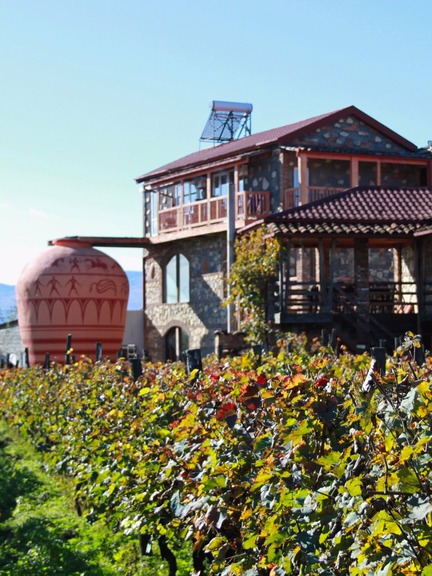
Wineries in Kakheti
Twin's Wine Cellar
Located in village Napareuli, the company is popular for its unique museum called ''Qvevri and Qvevri Wine'', which opened in 2014. The complex of the museum consists of an 8 meters tall wine pitcher statue and several halls, where the whole process of producing pitchers and making pitcher wine is described. Various archival photos and information about the species of Georgian grapes.
The most important part of the museum is 3 Qvevri with a volume of 500 liters, cut in the size of 1/3, which are covered with glass. So, a visitor has the ability to watch the whole process of making wine: pressing, boiling, natural filtration, taking wine and pressed skins, and so on.
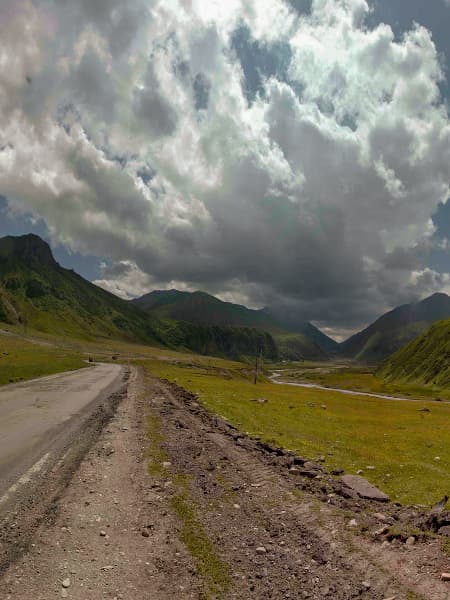
Georgian Military Highway
Since ancient times, Georgia has been playing the role of connecting-bridge between Europe and Asia. Georgia were passing trading roads connecting Europe and Asia. Georgian Military Highway had its important part among these roads, connecting the South Caucasus with the North. By this road were moving merchants and caravans from various countries, travelers, famous geographers, and historians of ancient times. This 206 km Georgian Military Highway, runs through the main range of grate Caucasus mountain and connects Tbilisi, the capital city of Georgia with Vladikavkaz, capital city of the Republic of Ossetia. Through Georgian Military Highway runs one of the famous touristic destinations of Georgia - Mountain Kazbegi (5.047 m) and amazing Gergeti Trinity Church.


